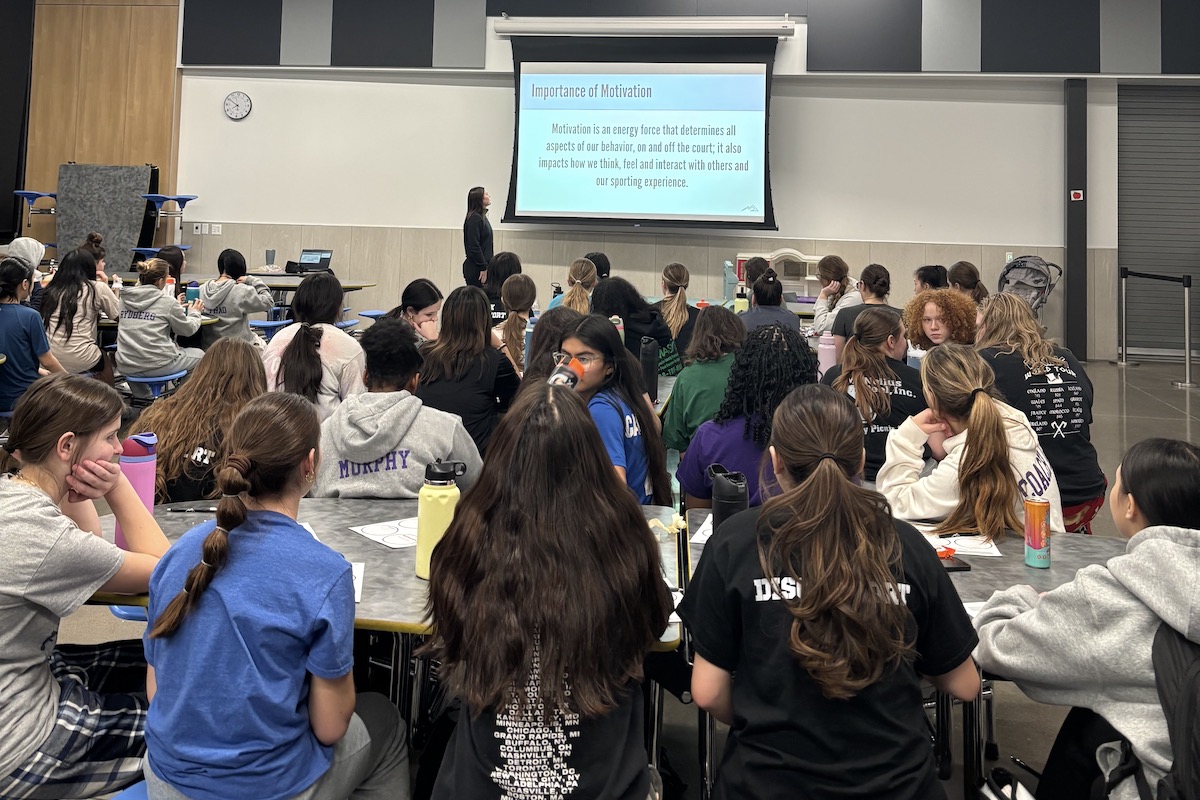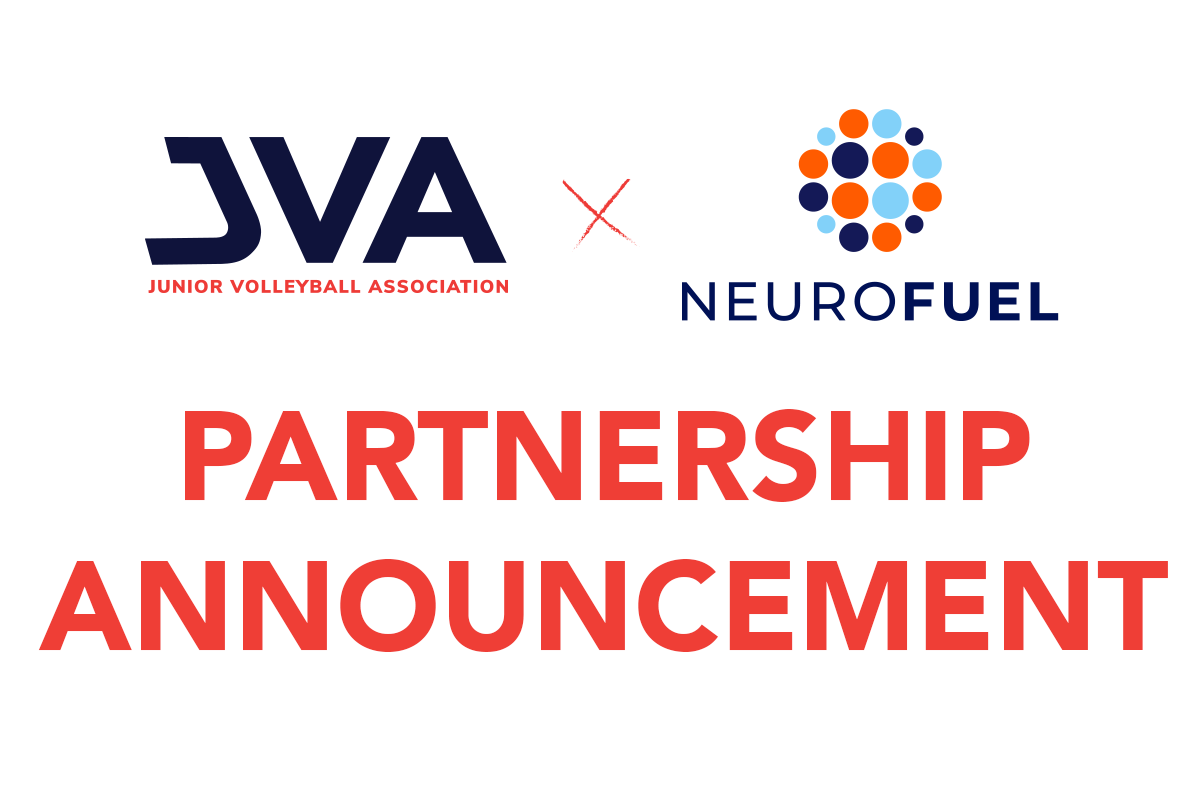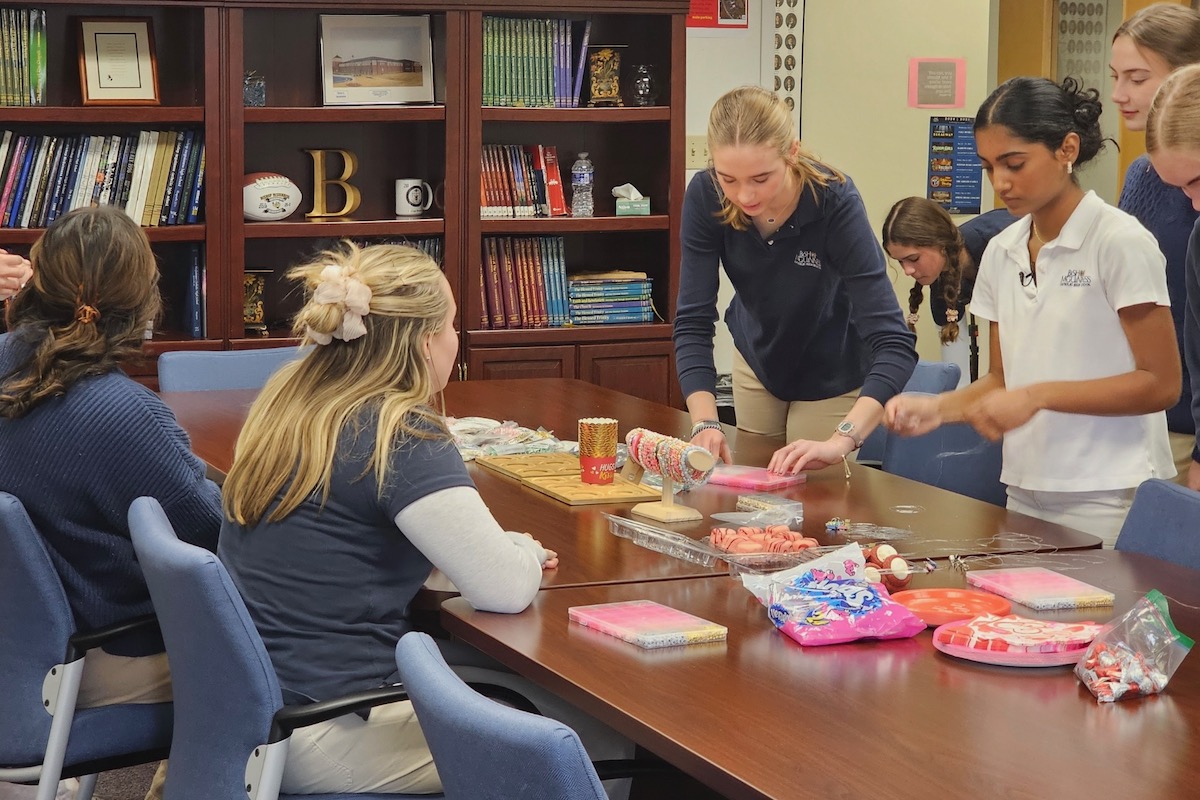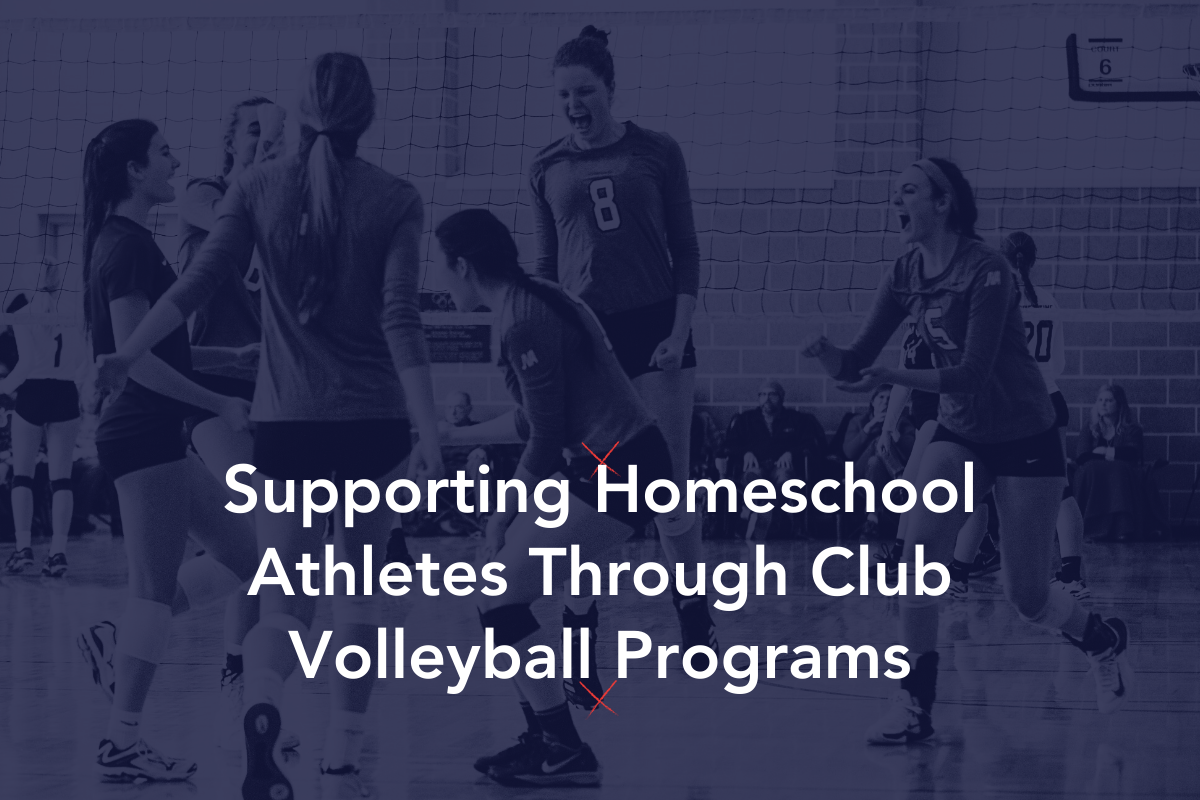It’s been over 30 years since I began coaching volleyball and running the Fort Wayne Volleyball Club, which was formed in 1987. Tournaments back then had entry fees of $50 dollars per team. Multi-day tournaments were unheard of except for the national championships run by USAV or AAU. We played in small gyms off the beaten path. Most had low ceilings and very little space in between courts. It was rare to find two courts side by side because most auxiliary gyms were found downstairs in a basement or in a non-joining building with no air conditioning. We always played for something. Ribbon, metal, certificate. Something to walk away with to prove we played and maybe won or maybe didn’t.
Let’s fast forward to present day. Entry fees for two-day tournaments are $450 dollars or more. If the tournament is longer than two days you might have to stay in a hotel that is assigned or you are not likely to get accepted into the database, referred to as “pay or you don’t play”. You only play ½ of the day to make room for a second wave equal to the size of the first. On the last day you sometimes play two matches and then go home. If you win, your team might get a plaque (most teams do not win their last match of the tournament). Event management and information is paperless now so there is no need to get a booklet or hard copy of the schedule, but the cost to play keeps going up. Spectators now pay to watch even the small one/two day events. A few years back it was $2, now most are $5 or more. The sport continues to lend itself to only those who can afford it.
WHAT IF THERE WAS A BETTER WAY?
There is no perfect solution to making a tournament more affordable. But clubs can consider an alternative format that will benefit the players.
Consider a volleyball tournament that includes the following:
- Lets the player have a complete day of play
- Eliminates sitting around for 2+ hours.
- Recognizes the winner with individual awards
- Allows your team to move into a pool of teams with similar skill sets.
- Has the best interest of the player, not how many teams you can pack onto a given court and then get finished so you can repeat the same thing for another set of teams.
Consider the 3 Pool Format:
- Instead of playing 3 teams one day and two the next, play 6 different teams in the same day and give out 30 individual metals to 3 different teams at day’s end.
- Teams compete in 3 team pools with multiple waves.
- Two waves are used to seed the final wave.
- There are three championship rounds: Gold, Silver and Bronze.
- The scoring system is modified to avoid creating a day that is unreasonably long. Play starts at 9:00am and concludes around 4:30pm!
Most current tournaments give less time on task over two days and charge double the gate money to spectators in the process. A later start is used to accommodate teams that are two hours away. They can leave at 6:00am instead of 5:00am to make it easier on the parent drivers and all others involved.
I began experimenting with a Triple Three Format about 2 years ago. At Fort Wayne Volleyball Club we call it the 3.3.3 Spike Challenge. Click here to view the layout.
It hits all the points I made earlier:
- A one day tournament – eliminate the need for additional expenses such as a $175/night hotel stay plus meals.
- No sitting around for 2 hours. All teams are either officiating or playing.
- Eight hours of well-balanced volleyball with lunch built into a midday break. Teams are allowed to bring in coolers with food. This is a nice old school option for the families that need to save wherever they can. Concessions can still be offered (you will make less money).
- The tournament format is built around 3 courts in the same facility. This is a unique situation, but one we have in our vintage industrial warehouse converted training center.
The Format Details:
- Teams are placed into pools of 3 on each court.
- We use a 20 point game (starting all scoreboards at 5-5).
- Traditional warm-ups and then each team plays their opponent two games to 25 on the scoreboard.
- Won-Loss records determine the reseed for wave two.
- At the conclusion of wave two, all first place teams go to Gold, second place teams go to Silver, and third place teams go to Bronze (these placements are determined by the second wave results.
The schedule format shows an example of how the day runs. When the day is complete, you have what makes up a solid day of volleyball. Players leave the venue with a positive sense of accomplishment and a full day of volleyball.
The triple three 3.3.3 format is designed for midlevel teams in age groups of 16/15, 14/13, and 12/11. Our club offers these levels every Saturday starting in January through the middle of May.
Simple math will prove that you will make less money when you run 3 teams instead of 4 per pool. If you contrast this with a two day event, the revenue will be less. I suggest you run a different age group on what would have been the second day. Fill the gym with the same number of teams, get equal entry fee and gate receipts, give players a full day, and eliminate hotels and double food costs.
Giving individual awards to players will cost more and reduce the bottom line profit. Spend it. Why? A good tournament is a “player’s tournament”. They all work hard. They deserve to be recognized. Why was it a great idea in 1987 and not one in 2016? The coach does not need another plaque, nor does the club. What type of tournament do you think is better for the sport and better for the player? I challenge you to use your creativity and knowledge of volleyball to design an even better one-day tournament!
About the Author
Since 1987, Tony Terrell has been the Director and Founder of the Fort Wayne Volleyball Club. The club is an active JVA member program. His 14-under teams have won three AAU National Championships and one USAV National title. He has taught Math for 35 years and spent 10 years coaching as a Head High School Volleyball Coach in Fort Wayne, Indiana. He and his wife Jane have three children. Click here to contact Tony with additional questions.











